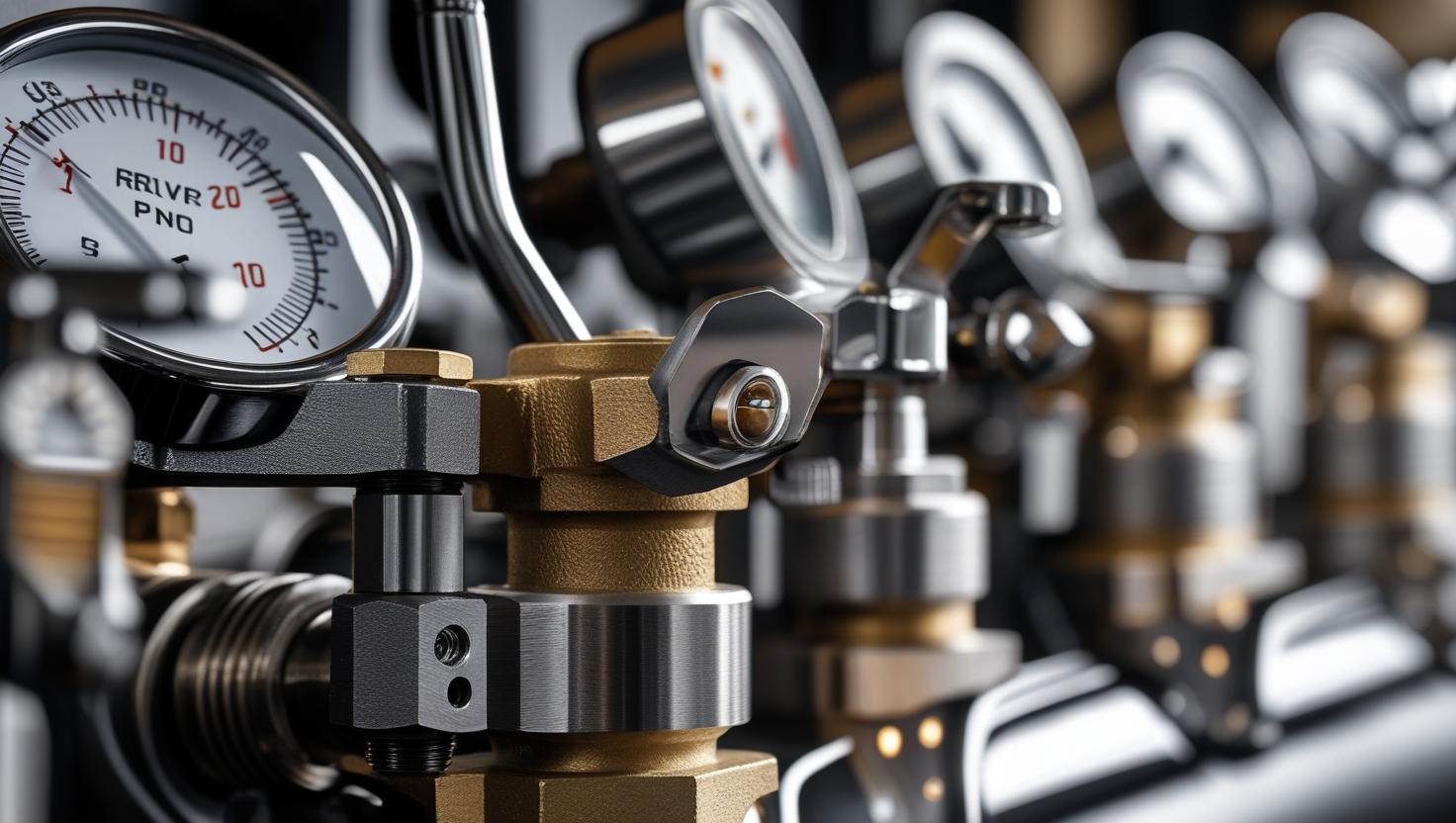The industrial landscape is undergoing a remarkable transformation as automation, digitalization, and smart manufacturing redefine process control. At the heart of this evolution are valve positioners, devices designed to improve the accuracy, efficiency, and reliability of control valves in various industries. From oil and gas to pharmaceuticals, chemicals, power generation, and water treatment, valve positioners are increasingly recognized as indispensable components for achieving operational excellence.
Understanding Valve Positioners
Valve positioners are devices that ensure a control valve reaches the correct position in response to a control signal. Traditionally, valves were manually adjusted or operated using simple actuators, which often led to inefficiencies, flow inconsistencies, and equipment wear. Modern valve positioners, however, offer precise control over valve operation, optimizing process flows, reducing energy consumption, and extending equipment lifespan. They can be pneumatic, electro-pneumatic, or fully digital, enabling seamless integration into automated process control systems.
Driving Efficiency in Industrial Automation
The adoption of valve positioners has become a cornerstone of industrial automation. By providing precise feedback on valve positions, these devices allow control systems to operate with higher accuracy. This reduces process variability, improves product quality, and enhances safety. In industries like chemical processing, small deviations in flow or pressure can have significant operational or safety implications. Valve positioners help mitigate these risks, ensuring that processes operate within desired parameters. The result is not only improved efficiency but also lower operational costs over time.
Download PDF Brochure @ https://www.marketsandmarkets.com/pdfdownloadNew.asp?id=138950854

Technological Advancements
Recent innovations in valve positioners are accelerating their impact on industrial automation. Digital valve positioners equipped with smart sensors and IoT connectivity enable real-time monitoring and predictive maintenance. These systems can detect anomalies such as valve stiction, leakage, or actuator failure before they escalate into costly downtime. Advanced positioners also integrate with supervisory control and data acquisition (SCADA) systems, distributed control systems (DCS), and other automation platforms, offering centralized control and data-driven insights. Artificial intelligence and machine learning applications are beginning to leverage this data, optimizing control strategies and further enhancing process efficiency.
Market Trends and Growth Drivers
The global valve positioners market is experiencing steady growth, driven by the increasing adoption of Industry 4.0 solutions and smart manufacturing technologies. Rising demand for energy-efficient operations, regulatory compliance in highly controlled industries, and the need for predictive maintenance are significant factors fueling market expansion. Additionally, emerging economies are investing in industrial automation to modernize production facilities, further boosting demand for high-performance valve positioners. As industries increasingly rely on digital infrastructure, the integration of smart valve positioners into automated systems is becoming standard practice.
Opportunities for Investors and Industry Leaders
For investors and industrial technology providers, the valve positioners market presents attractive opportunities. Companies that innovate with digital, IoT-enabled, and AI-integrated solutions are poised to capture market share. Additionally, there is potential in retrofitting existing industrial facilities with modern valve positioners, as older analog systems are phased out in favor of automated, connected solutions. Strategic partnerships between valve manufacturers, automation system integrators, and software providers can also unlock value by offering end-to-end process optimization solutions.
Valve positioners are more than just auxiliary components—they are pivotal enablers of industrial automation and process control. By enhancing valve precision, enabling predictive maintenance, and integrating seamlessly with smart factory systems, they are transforming how industries operate. As automation continues to expand across sectors, valve positioners will remain central to achieving operational efficiency, safety, and sustainability. For industry leaders and investors alike, embracing advanced valve positioner technology is a strategic step toward the future of industrial innovation.
Investor FAQ: Valve Positioners Market
Q1: What is a valve positioner, and why is it important?
A valve positioner is a device that ensures a control valve reaches the desired position according to a control signal. It improves valve accuracy, process efficiency, and safety by reducing flow variability and preventing equipment wear. In automated industries, positioners are crucial for maintaining consistent operations.
Q2: What types of valve positioners are available?
Valve positioners can be pneumatic, electro-pneumatic, or fully digital. Digital and smart positioners offer real-time monitoring, IoT connectivity, and integration with automation systems, enabling predictive maintenance and enhanced process control.
Q3: Which industries are driving demand for valve positioners?
The primary industries include oil and gas, chemicals, power generation, pharmaceuticals, water treatment, and food & beverage. Any industry with automated processes requiring precise flow, pressure, or temperature control can benefit from valve positioners.
Q4: What are the key market trends?
Key trends include the adoption of Industry 4.0 technologies, IoT-enabled smart valve positioners, predictive maintenance, energy efficiency initiatives, and digital integration with SCADA and DCS systems. There is also growing demand for retrofitting older plants with advanced valve positioners.
